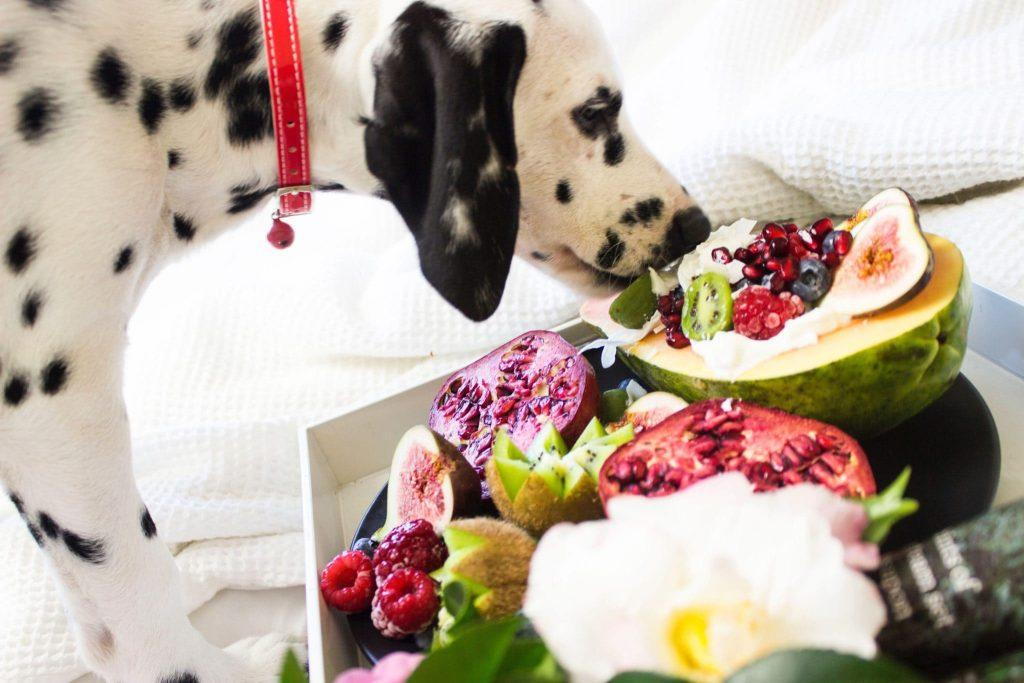Location
Location
Should You Put Your Pet On A Raw Food Diet?

Should You Put Your Pet On A Raw Food Diet?
- posted: Sep. 28, 2018
The raw food diet, also known as rawism, is the practice of eating uncooked and unprocessed food. The basic idea is that you’re getting back to the natural way of eating and that our bodies were adapted for this kind of diet. A raw diet consists of uncooked meats, seafood, fruit, eggs, and vegetables.
It was first developed in Europe who wanted society to go back to nature and embrace a more holistic, environmental way of living but has quickly spread across to North America. With your pets, the idea is the same; that your dog should eat more natural foods like their wolf ancestors did, or, if you have a cat, like their feline cousins.
Raw diets are controversial for both human and pet. Many pet owners feed their pets raw diets because they believe it is much healthier than commercial pet food. They say their dogs have shinier coats, cleaner teeth, higher energy levels, healthier weight, and fewer health problems.
However, many veterinarians think that raw diets are too risky. There have been studies done in the Netherlands that say the risks of infection in pets which can also be harmful to humans due to the possibility of transmission. For example, the bacterium E.coli was found in nearly a quarter of the food given to pets and 20% of the products contained salmonella. In addition, the researchers found various other foodborne bacteria in 43 percent of the products. These bacteria agents are particularly dangerous to anyone who has a weakened immune system – pregnant women, newborns, the elderly.
This isn’t the first time researches have warned pet owners against a raw food diet. In 2013, a study in the Vet Med Today magazine expressed concern over the trend saying despite the belief that these diets are considered healthier and more natural by pet owners, it actually creates a nutritional imbalance.
For example, vitamin A and E were found to be below the minimum recommended dose, and vitamin D nearly twice the maximum amount which can cause a buildup of calcium in your blood.
Ultimately, it’s up to you to decide what is best for your pet. There is not one set standard for how to feed your dog a raw diet, so you need to do your research and consider all your options. If your dog gets diarrhea for a few days when you first change his diet because he is adjusting to a higher fat content, but this should go away. If it doesn’t, a raw diet might not be a good option for your dog. The most important things to remember when feeding your dog a raw diet are to do your research and proceed with caution. Make sure your dog is happy and healthy.

Should You Put Your Pet On A Raw Food Diet?
- posted: Sep. 28, 2018
The raw food diet, also known as rawism, is the practice of eating uncooked and unprocessed food. The basic idea is that you’re getting back to the natural way of eating and that our bodies were adapted for this kind of diet. A raw diet consists of uncooked meats, seafood, fruit, eggs, and vegetables.
It was first developed in Europe who wanted society to go back to nature and embrace a more holistic, environmental way of living but has quickly spread across to North America. With your pets, the idea is the same; that your dog should eat more natural foods like their wolf ancestors did, or, if you have a cat, like their feline cousins.
Raw diets are controversial for both human and pet. Many pet owners feed their pets raw diets because they believe it is much healthier than commercial pet food. They say their dogs have shinier coats, cleaner teeth, higher energy levels, healthier weight, and fewer health problems.
However, many veterinarians think that raw diets are too risky. There have been studies done in the Netherlands that say the risks of infection in pets which can also be harmful to humans due to the possibility of transmission. For example, the bacterium E.coli was found in nearly a quarter of the food given to pets and 20% of the products contained salmonella. In addition, the researchers found various other foodborne bacteria in 43 percent of the products. These bacteria agents are particularly dangerous to anyone who has a weakened immune system – pregnant women, newborns, the elderly.
This isn’t the first time researches have warned pet owners against a raw food diet. In 2013, a study in the Vet Med Today magazine expressed concern over the trend saying despite the belief that these diets are considered healthier and more natural by pet owners, it actually creates a nutritional imbalance.
For example, vitamin A and E were found to be below the minimum recommended dose, and vitamin D nearly twice the maximum amount which can cause a buildup of calcium in your blood.
Ultimately, it’s up to you to decide what is best for your pet. There is not one set standard for how to feed your dog a raw diet, so you need to do your research and consider all your options. If your dog gets diarrhea for a few days when you first change his diet because he is adjusting to a higher fat content, but this should go away. If it doesn’t, a raw diet might not be a good option for your dog. The most important things to remember when feeding your dog a raw diet are to do your research and proceed with caution. Make sure your dog is happy and healthy.
Visit our Office
1889 Cornwall Ave
Vancouver, BC V6J 1C6, Canada
